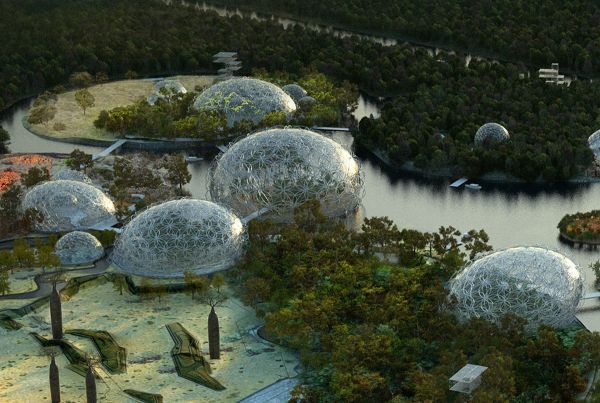
Saint Petersburg Zoo or the Leningrad Zoo with more than 2,000 animals from 410 species certainly has a rich history, as being one of Russia’s oldest zoos, founded back in 1865. But the problem lies with its location, as it is situated in the historical town center of the exalted city. This already accentuates upon the severe predicament of the rising population density, in effect adding to the urban congestion levels. So, in a bid to rectify the situation, an international competition for a new Primorskiy Zoological Park was held, and it was comprehensively won by this ingeniously conceived entry from the experienced team of Bruno Tanant and Jean Christophe Nani of landscape design firm TN PLUS and Aldric Beckmann and Françoise N’Thépé of architects Beckmann N’Thépé.
The new zoo will cover an expansive area of 300 hectares on the outskirts of Saint Petersburg. The site was deliberately chosen for its ample supply of water. The conception itself will carry forth a higher degree of symbolic significance, which is quite unprecedented in the design of zoos. Clearly and rather poetically alluding to the primeval times when there was the lone existence of Paleolithic Pangea (a ‘supercontinent’ which splintered to finally give shape to the present continents), an archipelago (different islands) within the park will contain ecological samples from all the seven continents. Even two of these islands (symbolizing North America and Eurasia) will be connected by a pack of ice brought from the Arctic Pole. As already mentioned, the water supply will rather assist in this allegorical yet ambitious venture.
But symbolism aside, the zoological park will also incorporate sustainable features. Other than being a sanctum for bio-diversity, the park will also act as an educational facility for us to learn more about our planet’s ecological history.
Source: Bustler




